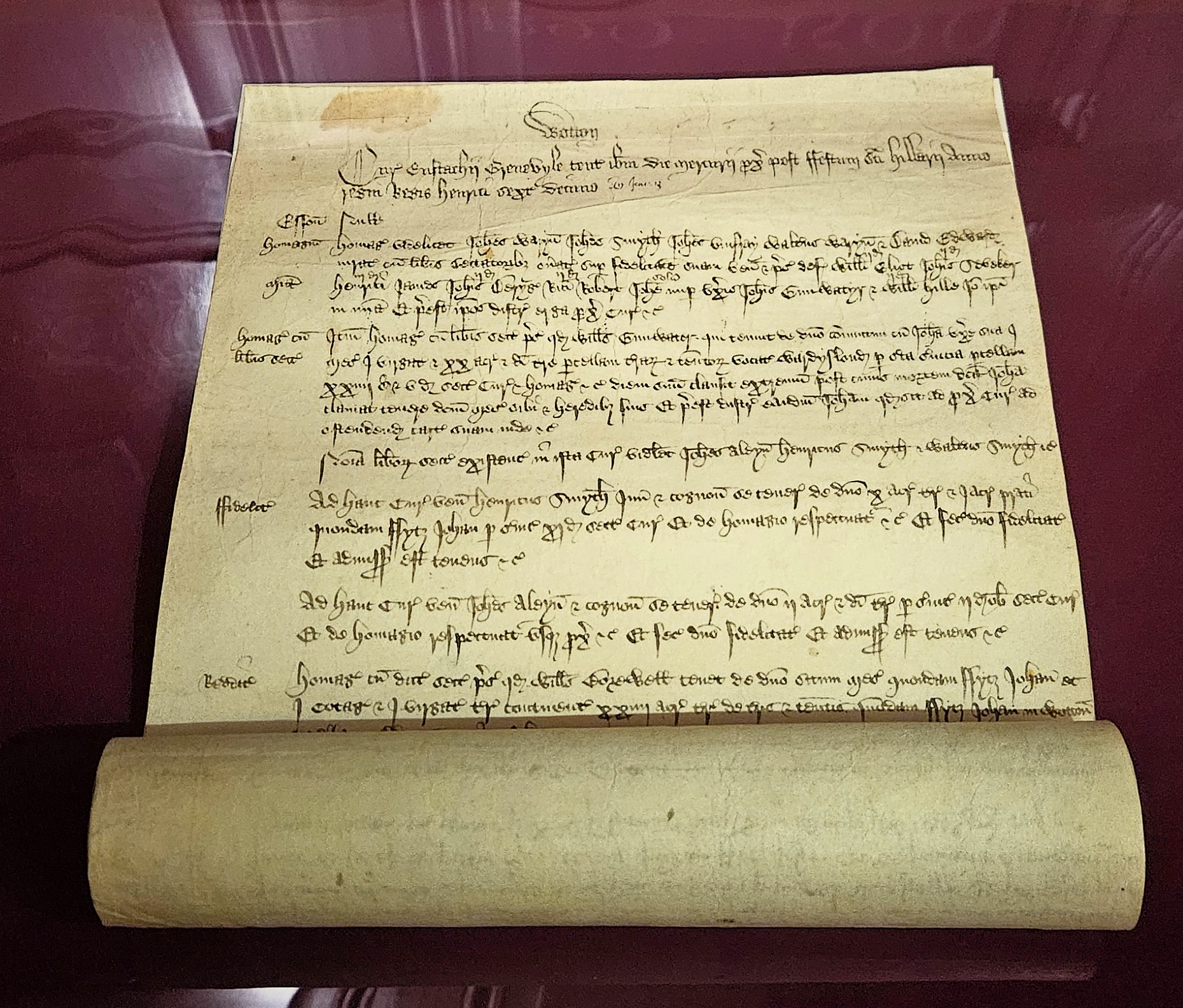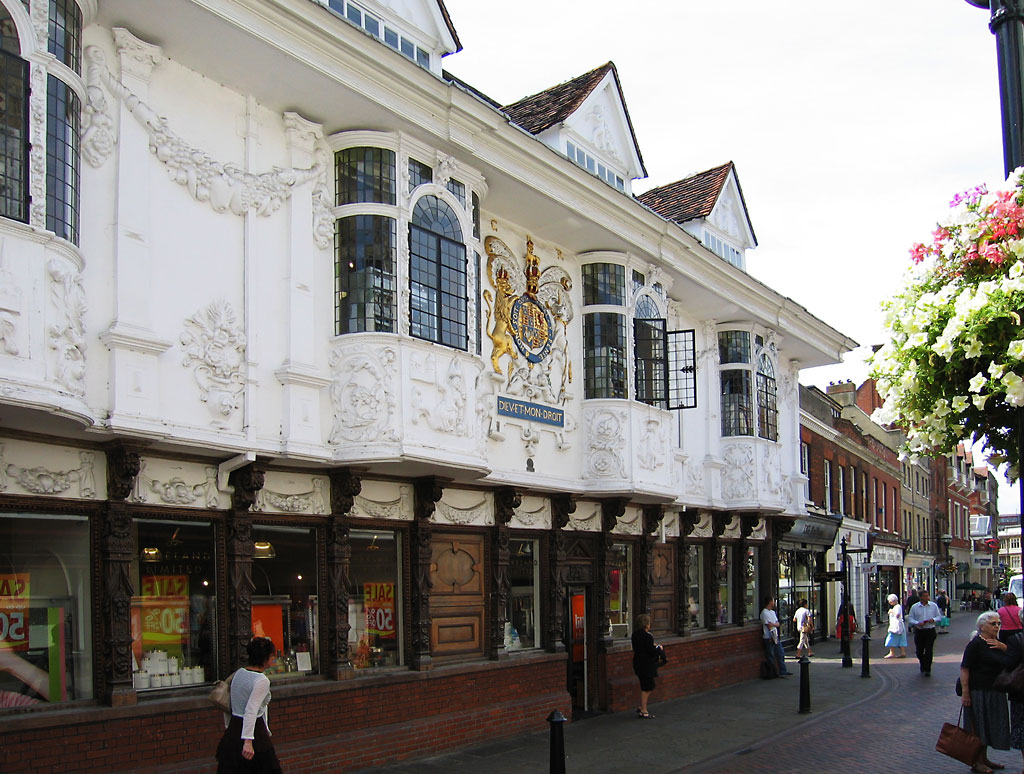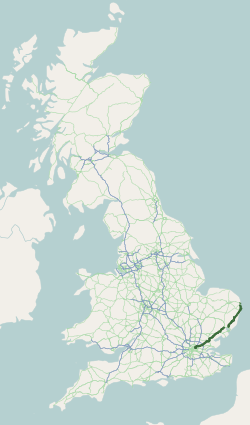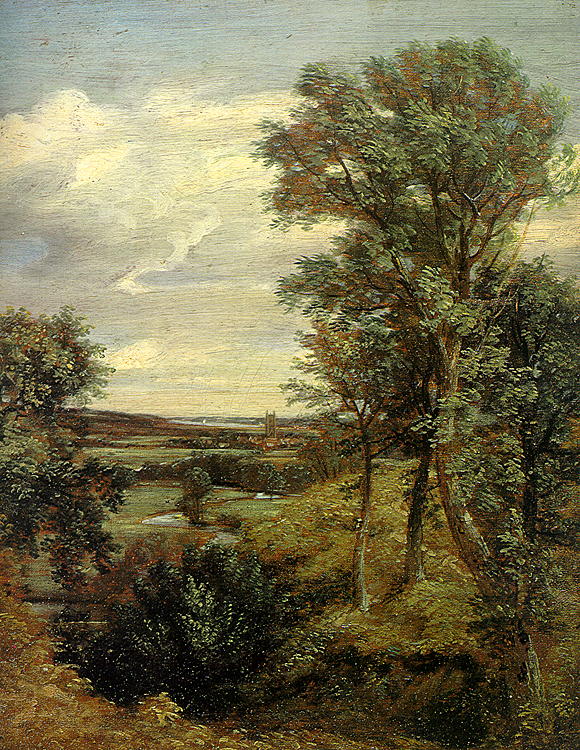|
Stratford St Mary
Stratford St. Mary is a village in Suffolk, England in the heart of 'Constable Country'. John Constable painted a number of paintings in and around Stratford. Stratford (the ford of the Roman ''Via Strata'') with its attached hamlet of Higham sits on the Suffolk/Essex border on the River Stour, Suffolk. It is from London just off the A12 between Colchester and Ipswich. The village has a fifteenth-century flint faced church which is clearly visible from the A12. It is also served by a primary school, post office and village store, and three pubs. Stratford village is within the Stratford Vale which is also recognised as an area of outstanding natural beauty. History of the parish Evidence of Stratford's antiquity includes traces of a ''henge'' from c. 4,000BC, and Roman remains on Gun Hill. The original Saxon settlement comprising 30 tenants and a mill mentioned in the Domesday Book of 1086 was abandoned as settlement grew along the river and the road to Bergholt. A ser ... [...More Info...] [...Related Items...] OR: [Wikipedia] [Google] [Baidu] |
Colchester
Colchester ( ) is a city in northeastern Essex, England. It is the second-largest settlement in the county, with a population of 130,245 at the 2021 United Kingdom census, 2021 Census. The demonym is ''Colcestrian''. Colchester occupies the site of Camulodunum, the first Colonia (Roman), major city in Roman Britain and its first capital. Colchester therefore claims to be Britain's first city. It has been an important military base since the Roman Empire, Roman era, with Colchester Garrison currently housing the 16th Air Assault Brigade (United Kingdom), 16th Air Assault Brigade. On the River Colne, Essex, River Colne, Colchester is northeast of London. It is connected to London by the A12 road (England), A12 road and the Great Eastern Main Line railway. Colchester is less than from London Stansted Airport and from the port of Harwich. Attractions in and around the city include St Botolph's Priory, Colchester Zoo, and several art galleries. Colchester Castle was constructe ... [...More Info...] [...Related Items...] OR: [Wikipedia] [Google] [Baidu] |
Domesday Book
Domesday Book ( ; the Middle English spelling of "Doomsday Book") is a manuscript record of the Great Survey of much of England and parts of Wales completed in 1086 at the behest of William the Conqueror. The manuscript was originally known by the Latin name , meaning "Book of Winchester, Hampshire, Winchester", where it was originally kept in the royal treasury. The ''Anglo-Saxon Chronicle'' states that in 1085 the king sent his agents to survey every shire in England, to list his holdings and dues owed to him. Written in Medieval Latin, it was Scribal abbreviation, highly abbreviated and included some vernacular native terms without Latin equivalents. The survey's main purpose was to record the annual value of every piece of landed property to its lord, and the resources in land, labour force, and livestock from which the value derived. The name "Domesday Book" came into use in the 12th century. Richard FitzNeal wrote in the ( 1179) that the book was so called because its de ... [...More Info...] [...Related Items...] OR: [Wikipedia] [Google] [Baidu] |
Villages In Suffolk
A village is a human settlement or community, larger than a hamlet but smaller than a town with a population typically ranging from a few hundred to a few thousand. Although villages are often located in rural areas, the term urban village is also applied to certain urban neighborhoods. Villages are normally permanent, with fixed dwellings; however, transient villages can occur. Further, the dwellings of a village are fairly close to one another, not scattered broadly over the landscape, as a dispersed settlement. In the past, villages were a usual form of community for societies that practice subsistence agriculture and also for some non-agricultural societies. In Great Britain, a hamlet earned the right to be called a village when it built a church.Dr Greg Stevenson, "Wha ... [...More Info...] [...Related Items...] OR: [Wikipedia] [Google] [Baidu] |
Smallholding
A smallholding or smallholder is a small farm operating under a small-scale agriculture model. Definitions vary widely for what constitutes a smallholder or small-scale farm, including factors such as size, food production technique or technology, Family farm, involvement of family in labor and economic impact. There are an estimated 500 million smallholder farms in developing countries of the world alone, supporting almost two billion people. Smallholdings are usually farms supporting a single family with a mixture of cash crops and subsistence farming. As a country becomes more affluent, smallholdings may not be self-sufficient. Still, they may be valued for providing supplemental sustenance, recreation, and general rural lifestyle appreciation (often as hobby farms). As the Sustainable food system, sustainable food and local food movements grow in affluent countries, some of these smallholdings are gaining increased economic viability in the developed world as well. Small-sca ... [...More Info...] [...Related Items...] OR: [Wikipedia] [Google] [Baidu] |
Samford Hundred
Samford was a hundred of Suffolk, consisting of . It was situated to the south and south west of Ipswich. The hundred was bounded by the River Orwell to the east, Essex Essex ( ) is a Ceremonial counties of England, ceremonial county in the East of England, and one of the home counties. It is bordered by Cambridgeshire and Suffolk to the north, the North Sea to the east, Kent across the Thames Estuary to the ... to the south, the River Brett (and Shelley parish) to the west, and the parish boundaries of Burstall, Hintlesham, and Sproughton to the north. Parishes Samford Deanery, the modern ecclesiastic administrative area, takes its name from Samford Hundred and previously covered the whole of the old Samford Hundred. Seven of the westernmost parishes have been more recently allocated to Hadleigh Deanery. Samford Hundred consisted of the following 28 parishes:1841 Census References {{Coord, 52.0, 1.11, type:adm3rd_dim:20000_region:GB-SFK, display=title Hundreds ... [...More Info...] [...Related Items...] OR: [Wikipedia] [Google] [Baidu] |
Hundreds Of Suffolk
The county of Suffolk was divided into hundreds between Saxon times and the 19th century when, although never formally abolished, they were effectively replaced for administrative purposes by districts. In 1831 the county was subdivided into twenty-one hundreds and three municipal boroughs. The majority of these hundreds had remained unchanged since the time of the Domesday Survey, except that in 1086 Babergh was listed as two hundreds, Cosford, Ipswich and Parham as half hundreds and Samford as a hundred and a half. Hoxne hundred was then known as Bishops hundredOpen Domesday: Bishop's Hundred accessed February 2020. and the s which were included later in Thredling hundred were within Claydon hundred. [...More Info...] [...Related Items...] OR: [Wikipedia] [Google] [Baidu] |
Manorial Roll
A manorial roll or court roll is the roll or record kept of the activities of a manorial court, in particular containing entries relating to the rents and holdings, deaths, alienations, and successions of the customary tenants or copyholders. The records were invariably kept in roll form in the Middle Ages, but in the post-medieval period were more usually entered into volumes. Despite this change of format, the records often continued to be known as ''court rolls'', although the term ''court books'' is also found. The rolls record the meetings of the manorial court, either court leet or court baron, or views of frankpledge. Entries usually began with the date; a list of jurors (selected from the manor); and apologies and/or fines for those manorial tenants unable to attend the court. General matters such as a failure to maintain highways or gates are followed by specific items such as the death and inheritance of a tenant since the last court, and any surrenders of land, forf ... [...More Info...] [...Related Items...] OR: [Wikipedia] [Google] [Baidu] |
Ipswich
Ipswich () is a port town and Borough status in the United Kingdom, borough in Suffolk, England. It is the county town, and largest in Suffolk, followed by Lowestoft and Bury St Edmunds, and the third-largest population centre in East Anglia, after Peterborough and Norwich. It is northeast of London and in 2011 had a population of 144,957. The Ipswich built-up area is the fourth-largest in the East of England and the 42nd-largest in England and Wales. It includes the towns and villages of Kesgrave, Woodbridge, Suffolk, Woodbridge, Bramford and Martlesham Heath. Ipswich was first recorded during the medieval period as ''Gippeswic'', the town has also been recorded as ''Gyppewicus'' and ''Yppswyche''. It has been continuously inhabited since the Anglo-Saxon settlement of Britain, Saxon period, and is believed to be one of the Oldest town in Britain, oldest towns in the United Kingdom.Hills, Catherine"England's Oldest Town" Retrieved 2 August 2015. The settlement was of great eco ... [...More Info...] [...Related Items...] OR: [Wikipedia] [Google] [Baidu] |
Suffolk
Suffolk ( ) is a ceremonial county in the East of England and East Anglia. It is bordered by Norfolk to the north, the North Sea to the east, Essex to the south, and Cambridgeshire to the west. Ipswich is the largest settlement and the county town. The county has an area of and a population of 758,556. After Ipswich (144,957) in the south, the largest towns are Lowestoft (73,800) in the north-east and Bury St Edmunds (40,664) in the west. Suffolk contains five Non-metropolitan district, local government districts, which are part of a two-tier non-metropolitan county administered by Suffolk County Council. The Suffolk coastline, which includes parts of the Suffolk & Essex Coast & Heaths National Landscape, is a complex habitat, formed by London Clay and Crag Group, crag underlain by chalk and therefore susceptible to erosion. It contains several deep Estuary, estuaries, including those of the rivers River Blyth, Suffolk, Blyth, River Deben, Deben, River Orwell, Orwell, River S ... [...More Info...] [...Related Items...] OR: [Wikipedia] [Google] [Baidu] |
A12 Road (Great Britain)
The A12 is a major road in Eastern England. It runs north-east/south-west between London and the coastal town of Lowestoft in the north-eastern corner of Suffolk, following a similar route to the Great Eastern Main Line until Ipswich. A section of the road between Lowestoft and Great Yarmouth became part of the A47 in 2017. Between the junctions with the M25 and the A14, the A12 forms part of the unsigned Euroroute E30 (prior to 1985, it was the E8). Unlike most A roads, this section of the A12, together with the A14 and the A55, has junction numbers as if it were a motorway. The section of the A12 through Essex has sections of dual two lanes and dual three lanes, with eight changes in width between the M25 to Ipswich. It was named as Britain's worst road because of "potholes and regular closures due to roadworks" in a 2007 survey by Cornhill Insurance. The A12 is covered by the National Highways ''A12 / A120 route based strategy''. Starting just north of the Blackwall ... [...More Info...] [...Related Items...] OR: [Wikipedia] [Google] [Baidu] |
River Stour, Suffolk
The River Stour (, pronounced rhyming with either "tour" or "sour") is a major river in East Anglia, England. It is long and forms most of the county boundary between Suffolk to the north, and Essex to the south. It rises in eastern Cambridgeshire, passes to the east of Haverhill, Suffolk, Haverhill, through Cavendish, Suffolk, Cavendish, Sudbury, Suffolk, Sudbury, Bures, England, Bures, Nayland, Stratford St Mary and Dedham, Essex, Dedham. It becomes tidal just before Manningtree in Essex and joins the North Sea at Harwich. The origins of its name are unclear, but several possibilities have been proposed by scholars. In 885, the river near Harwich was the site of the Battles of the River Stour. The entire non-tidal river above Manningtree is designated as the Dedham Vale National Landscape, Dedham Vale National Landscape, formerly known as an Area of Outstanding Natural Beauty. It has been painted by a number of prominent artists, including John Constable and Thomas Gains ... [...More Info...] [...Related Items...] OR: [Wikipedia] [Google] [Baidu] |








